On screen, Mr. Chekov
I'm sure anyone who's interested has already seen these, but I provide video links for posterity's sake: p
youtube
Shatner raps Julius Ceasar
Shatner at the 2005 AFI Life Achievement Award: A Tribute to George Lucas show.
the writing of Robert Burke Richardson
I'm sure anyone who's interested has already seen these, but I provide video links for posterity's sake: p
Speaking of the central dichotomies that power likeable characters, here's page 1 of a project I'm preparing to submit to comic publishers:

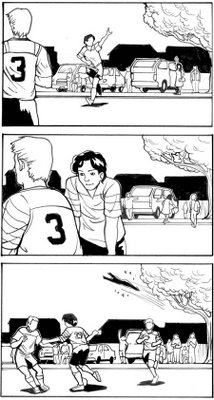
No new episode of Elf-Help this week, as we take a break between chapters to catch up. Make sure to check back next Wednesday for the launch of the third and final chapter and the debut of new colorist Giuseppe Pica (here's a taste of what he's been doing on The Matriarch).
If you're like me (ie. generally clueless), you probably don't really know the difference between RBG and CMYK coloring. Here's a concise post from DigitalWebbing by Pens&Pixels that clears things up:
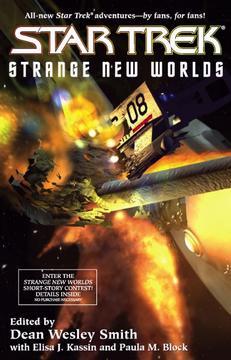

The thing I like most about characters in recurring works (TV series, comic series, book series, film series, etc.) -- ones that I enjoy, anyway -- is getting to spend time with them again and again. The action, adventure, and evolving plotlines can be a lot of fun, too -- but if I don't like the characters on some level (even if they're not all nice, like on The Shield), then I'm unlikely to check in again.
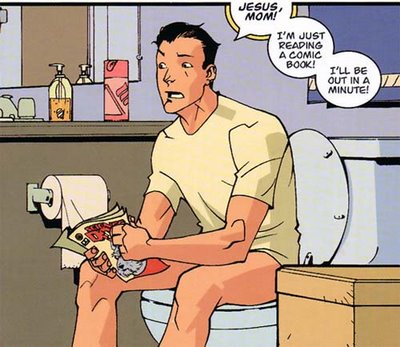


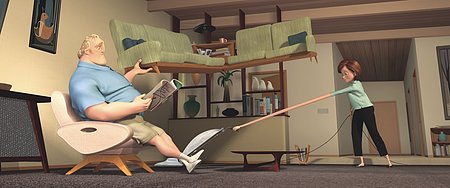

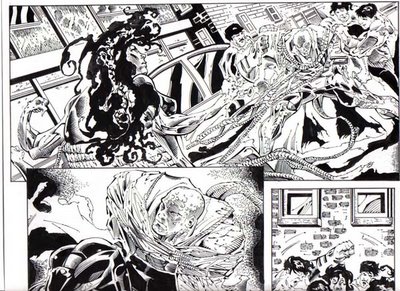
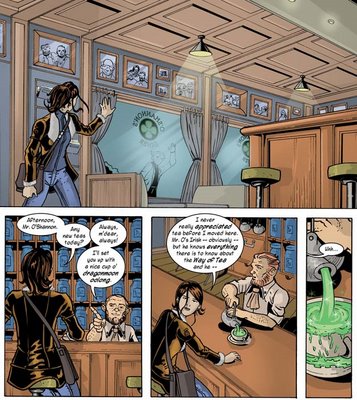 24
24
Jenny over at The Blackwing Diaries makes an excellent point about what passes for character development in far too many stories (be they prose, comics, TV, or cinema): the overcoming of the pointless character flaw. Somewhere along the line this notion that characters need to overcome a shallow flaw by the end of the story crept in, and it almost never works. I remember as a young kid watching Back to the Future II in the theater, and finding it jarring when Marty McFly suddenly had a problem with someone suggesting he was "chicken" -- a straw-man flaw he overcame by the end of the final film.
A new section of blogs hosted by komikwerks.com is up and running, and Elf-Help has a blog there. I may move these digs over there in the future.
Frank Espinosa's Rocketo -- probably the best new series in recent memory -- has a forum on the Image Comics message boards, and Frank has been making sketches, pencil pages, and unpublished art available: unpublished Rocketo pages, rough pencils for Rocketo #9 (1, 2, 3, 4, 5).


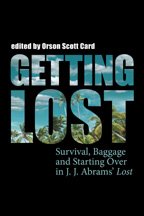
Erik Larsen on pitching comics:
Looks like Twilight Precinct, my missing superhero project, might be back on track. Fingers crossed...
 24
24
via hucksblog:
Here's a bit from a story of mine called "The Rocket-Ship" that no one seems interested in buying:

There was a lot of funny April Fool's news floating around yesterday. Here's one of my favorites, from All The Rage:
We at Avatar are huge fans of Veronica Mars. Rob Thomas, along with his cast andHaving read that, here’s the first cover:
crew have created one of the strongest female protagonists in years and have
consistently delivered sharply written stories. Stephen King, Joss Whedon and
Kevin Smith have all been outspoken with their praise for the show, as have a
number of TV critics. The series poses a high standard to live up to, but we
fully intend to be true to the source material just as we have been with Frank
Miller’s Robocop and Stargate SG-1: Daniel’s Song. Rest assured, Veronica is
good hands. She won’t do anything in the comics that she wouldn’t do on the
show.
 upskirt...
upskirt...